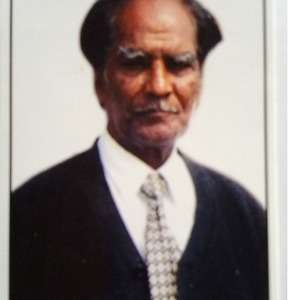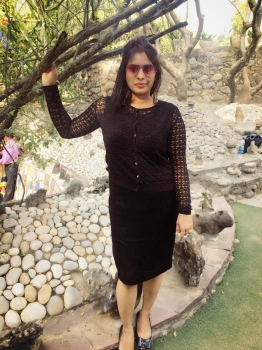
Originated in 2500 BC during the peak of the Indus Valley Civilization, history of Indian art is almost as old as its civilisation!
Produced in diverse style and medium, these works of art were often inspired by philosophical musings, spirituality and sensuality. However, the aesthetics and depth of Indian art continue to enthral the connoisseur and common man alike.
There are some exceptional artists in India who have manifested the culture and tradition of the country by creating a visual harmony of emotions. It was during the 1970s, that the government of India declared artworks by nine artists as ‘national treasure’ under The Antiquities & Art Treasures Act, disallowing their sale outside the country.
Let’s know about the nine gems of Indian art and explore their incredible art:
-
Raja Ravi Verma (1848-1906)
Famous for the realistic portrayal of Indian gods, goddess and mythological characters and scenes from various Puranas and epics such as Mahabharata, Ramayana, Verma was one of the greatest painters in the history of Indian art.
Fusing European painting techniques with Indian sensibilities, he created many spectacular paintings. His oil on canvas painting ‘Radha in the moonlight’ was sold for Rs.23 crore by auction house Pandole’s in 2016, which is a standing record for the artist.
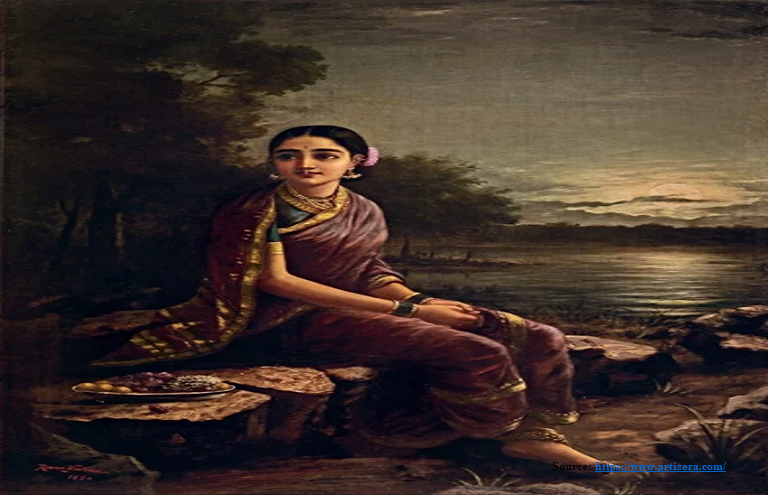
-
Rabindranath Tagore (1861-1941)
Renowned writer and a Nobel Prize winner, Rabindranath started painting at the age of 63. He was known for creating art by combining different art styles and various movements.
Rabindranath experimented with a diverse range of mediums including ink, crayons, watercolours and painted varied subjects from landscapes to dramatic human figures and portraits. ‘Human study’ is one of his well-known portrait painting.
His collection of 12 paintings was sold for a whopping £1.5 million in 2010 at Dartington Hall Trust charity, London.
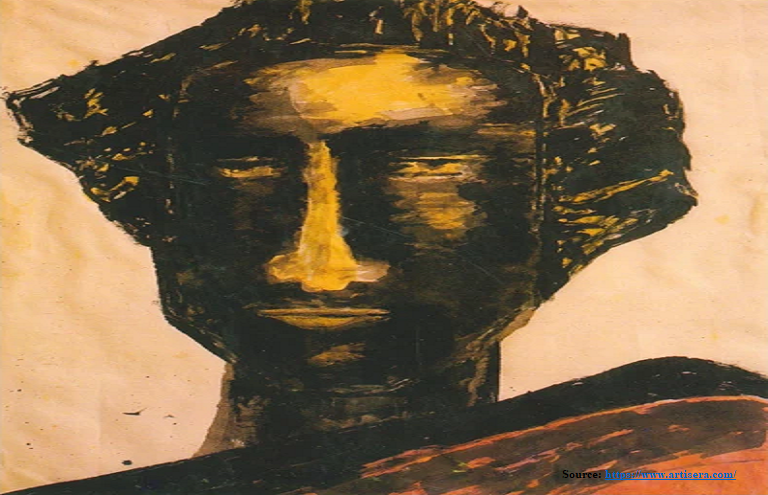
-
Gagendranath Tagore (1867-1938)
Self-taught painter and cartoonist, Gagendranath is counted as one of the earliest modern Indian artists.
Etching his own niche, he assimilated European, German as well as Japanese art influences in his works. Being the only Indian artist before the 1940s to make use of the language and syntax of cubism, futurism, and caricatures to create satirical art highlighting the social and religious hypocrisies, he is considered as a pioneer in his field.
Christie’s Mumbai sold his watercolour on paper painting for about Rs.40 lakh in 2015.
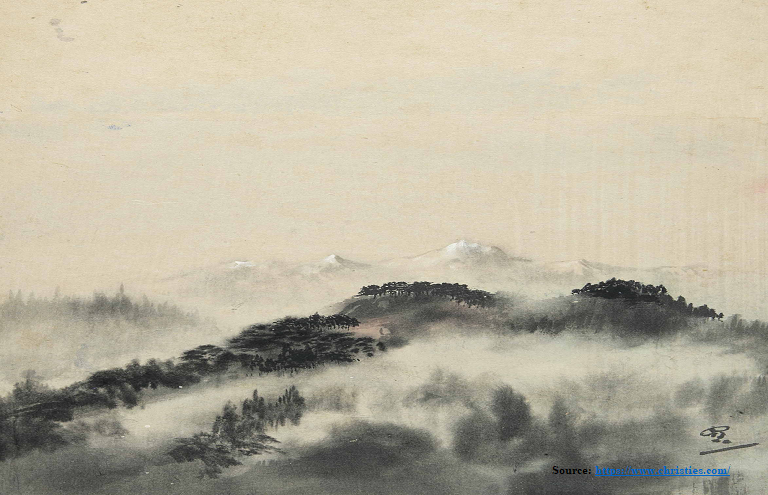
-
Abanindranath Tagore (1871-1951)
A noted Bengali writer, Abanindranath started painting at a later stage in his life but ushered a new beginning by carving a genre of his own in the history of Indian modern art!
A strong exponent of swadeshi values in Indian art, he founded the influential Bengal school of art which sought to establish a distinct form of Indian art that celebrated the indigenous cultural heritage.He also created the 'Indian Society of Oriental Art'.
He staunchly rejected the Western academic art education and sought to modernize the traditional Indian art forms.
Drawing inspiration from the Mughal & Pahari miniatures, Rajput styles of art, frescoes of Ajanta, he created works which were a blend of traditionalism and innovation. His works got international recognition and were promoted as a national Indian style within British art institutions.
His paintings were sophisticated depictions of India’s unique spiritual and national identity. Untitled work (Siva-Simantini) was auctioned for $5,55,750 million at Christie’s in New York (2013) which was the highest price realised for the artist.
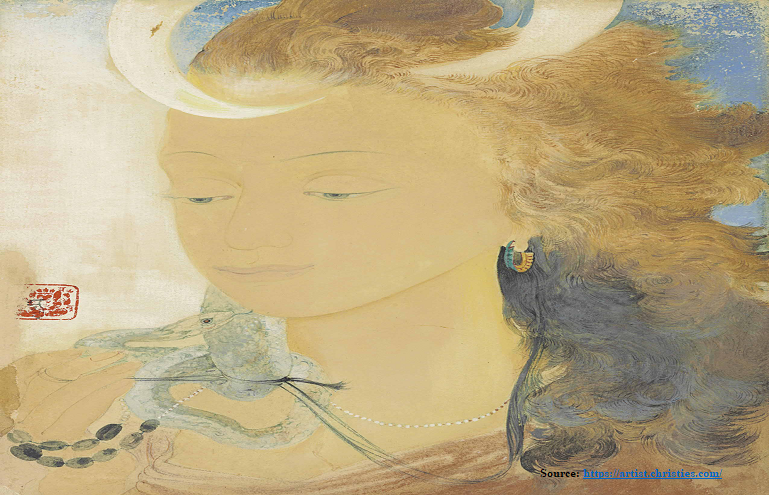
-
Jamini Roy (1887-1972)
Padma awardee, Jamini Roy rejected the modern style of painting and marked a new beginning in Indian modern art by foraying in the world of Bengali Kalighat folk paintings.
Drawing inspiration from traditional Indian folk arts, he developed his own style with bold, sweeping brushstrokes and using palette comprising of primarily earthy colours.
His untilted tempera on canvas (image below) was sold for thrice its estimated price for £68,500 at Sotheby’s auction in London, 2014.
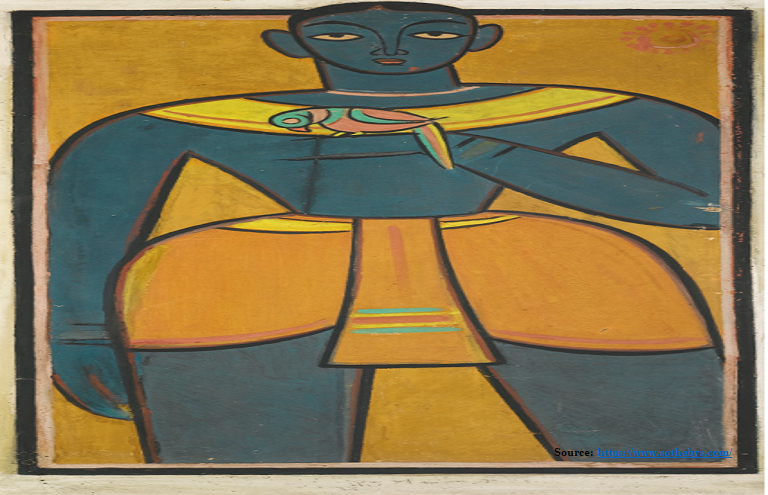
-
Nandlal Bose (1882-1966)
Another gem of the Indian art world, Nandalal Bose was a noted artist of the Bengal School with great sensibility and varied technical range.
He incorporated sophisticated techniques for creating his work but mostly painted vibrant themes and subjects from rural India such as farmers, woman milking cows, cobblers.
He created some of the most iconic images in Indian history including the emblems of Government of India awards -Bharat Ratna, Padma Shri and the original manuscript of the Constitution of India. The depiction of Mahatma Gandhi walking with a staff which became an iconic symbol for the non-violence movement was his most popular artwork.
He was awarded Padma Vibhushan for his significant contribution to the field of art.
A collection of about 81 painting including works of some other famous artists was sold for $ 2.9 million at Christie’s New York auction in 2013.
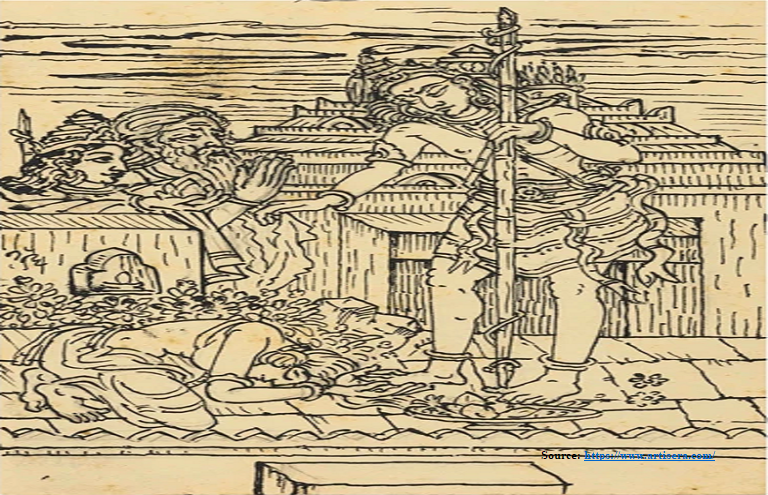
-
Nicholas Roerich (1874-1947)
Owing to his remarkable contribution to Indian art, Nicholas was deemed to be a national treasure, despite not being an Indian.
Born in Russia, he developed a deep and spiritual connection with Indian culture and settled in Kullu Valley of Himalayas. Nicholas’ picturesque paintings capturing the luminescent scenes of the snow-capped Himalayan peaks revealed his profound relationship with the landscape.
However, the majority of his paintings were influenced by Theosophy, Vedanta and Buddhism.
His painting ‘Madonna Laboris’ (image below) was sold for a record price of £7.8 million at Bonham’s auction during Russian art week in London.
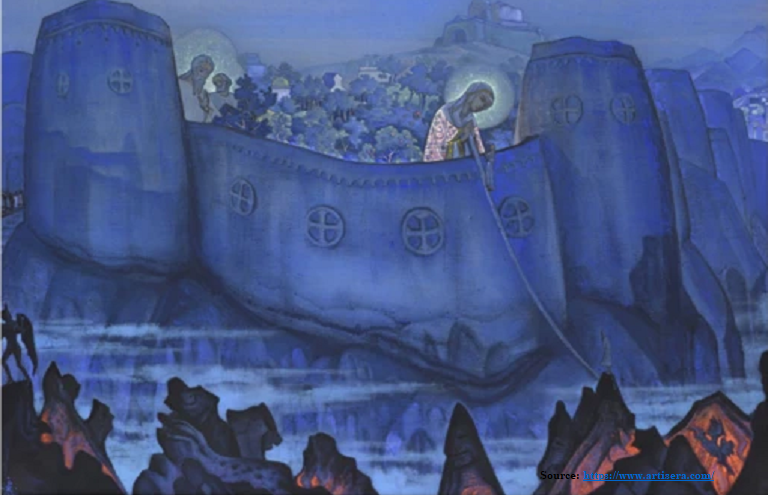
-
Sailoz Mukherjea (1907-1960)
Regarded as one of the pioneering figures of modern Indian art, Sailoz’s impact on Indian modernism is monumental.
He moved to Paris in the late 1930s where his painting style underwent transformation adhering to European principles, but his subjects were always inspired by rural Indian life.
In Saffronart’s Summer Online auction of 2018, his artwork titled ‘Hill Fair’ (image below) fetched a moderate sum of Rs.14 lakh.

-
Amrita Sher-Gil (1913-1941)
Considered as the ‘greatest avant-garde woman painter’, Amrita was another gem in the treasure trove of Indian art.
Born in Budapest in 1913 to an Indian Sikh father and a Hungarian mother, her aesthetic sensibility was a blend of European and Indian elements which is evident in her vibrant canvases.
With an excellent command over handling of oils and vigorous brushwork, she created artworks which adumbrate her strong personality, sexuality and sensibility particularly her expansive collection of self-portraits.
With a fearless and rebellious spirit, she defied norms. No wonder her untitled self-portrait with excellent chiaroscuro effect was sold for a record of $2.92 million in Sotheby’s New York auction!












